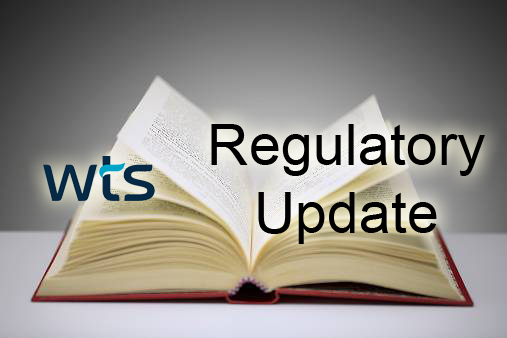If you store hazardous wastes in your facility, you are likely to need secondary containment systems to meet one or more regulations. Neither the EPA nor OSHA specifies what a secondary containment system must look like. They have guidelines on the spill volume that needs to be contained and what the secondary containment system must be capable of doing, but no specific design, device or product is specified by regulation, because both agencies recognize that each facility will have different scenarios and needs. You have the liberty to build, design, install and use whatever type of systems or products you want, as long as they meet the regulated criteria and are truly capable of stopping a discharge from leaving an area.
A secondary containment system provides a backup system to prevent a release into the environment should the primary containment (the container) fail. The containment system should be designed to catch leaks, spills, container residues, and precipitation that is released from the primary container. Secondary containment usually consists of a poured concrete pad or other impervious base with curbing to prevent releases of hazardous waste into the environment, and to allow drainage of any accumulated liquid to a sump, tank, or another container.
The EPA refers to the need for secondary containment in two different areas in the Code of Federal Regulations. First, Subpart I addresses the use and management of portable storage containers, such as 55-gallon drums, for hazardous waste (40 CFR 264.175). The second area is Subpart J, which addresses large stationary containers for hazardous waste, such as tank systems (40 CFR 264.193).
The EPA does not bring secondary containment requirements into context when addressing portable containers. Instead, they refer only to containment under 40 CFR part 264.175(b). It says that a containment system must be designed and operated as follows:
- A base must underlie the containers which is free of cracks or gaps and is sufficiently impervious to contain leaks, spills and accumulated precipitation until the collected material is detected and removed.
- The base must be sloped or the containment system must be otherwise designed and operated to drain and remove liquids resulting from leaks, spills or precipitation, unless the containers are elevated or are otherwise protected from contact with accumulated liquids.
- The containment system must have sufficient capacity to contain 10% of the volume of containers or the volume of the largest container, whichever is greater. Containers that do not contain free liquids need not be considered in this determination.
- Run-on into the containment system must be prevented unless the collection system has sufficient excess capacity in addition to that required in paragraph (b)(3) of this section to contain any run-on which might enter the system.
- Spilled or leaked waste and accumulated precipitation must be removed from the sump or collection area in as timely a manner as is necessary to prevent overflow of the collection system.

